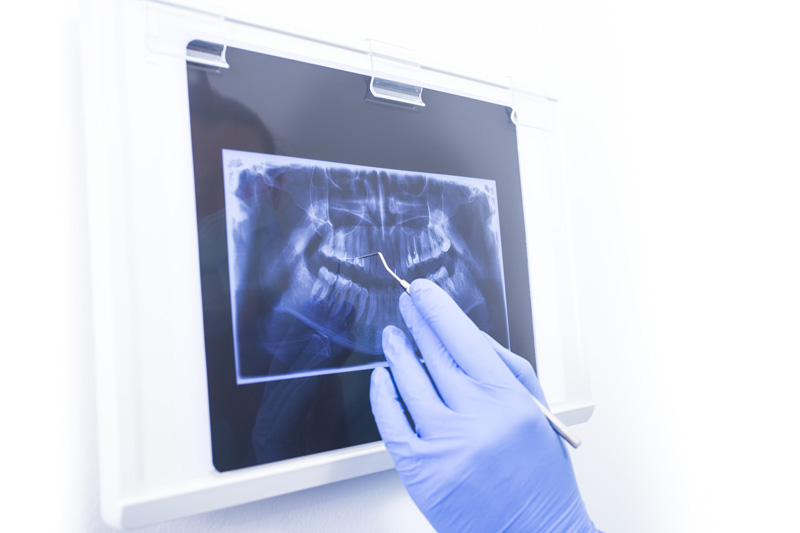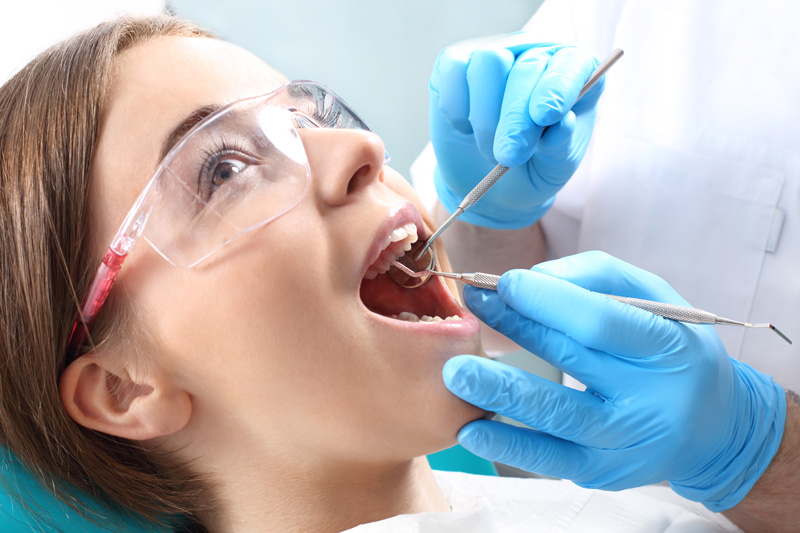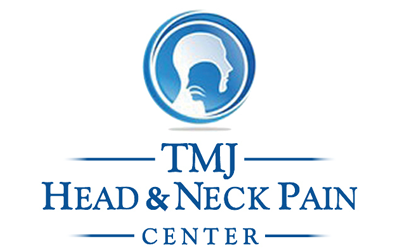TMJ is an abbreviation of the word Temporomandibular joint.
The temporomandibular joint is located where the lower jaw meets the skull. It is a complex, hinge joint. A hinge joint is formed where two or more bones can only move along one axis (up or down, left or right). When you open your mouth, this joint extends downward. When you close your mouth, the joint rests in an upward position.
Understanding the joint: The TMJ is joined together by a disc. The disc buffers the jaw bone and the skull. The disc facilitates movement, is flexible, and powerful. The joint is composed of a number of tissues: muscle, tendons, ligaments, blood vessels, cartilage, etc.
When this joint becomes inflamed, or functions improperly, it can cause a number of symptoms and disorders. This is commonly referred to as TMJ, a synecdoche for disorders related to the joint.


Symptoms
Patients who have a TMJ disorder experience the following symptoms:
- Migraines, headaches, or sinus pressure
- General pain and discomfort in the jaw and mouth
- Clicking or popping noise in the jaw
- Pain and discomfort spanning the neck, and upper back
- Sensitive teeth, toothaches
- Facial swelling
- Reduced range of motion in the jaw
- Fatigued facial muscles
- Improper bite - jaws do not line up correctly when mouth is closed
- Dizziness
- Diminished visual acuity
What Causes TMJ Disorders?
What causes TMJ disorders is unique from case to case. Here is a list of probable causes and contributing factors to TMJ disorders:
- Bruxism - unintentional grinding or clenching of teeth
- Dislocated Disc
- Arthritis
- Stress - Perhaps one of the greatest contributing factors to a multitude of health problems can be attributed to a stress-filled life. Lowering, or at least learning to manage and cope with stress can be an effective way to improve your health in a number of areas.

Diagnosis is the first step to recovery! If you are experiencing symptoms of TMJ, call and schedule an appointment for a consultation at our office. Relief from TMJ is attainable!
Dr. Jacob Elisha

